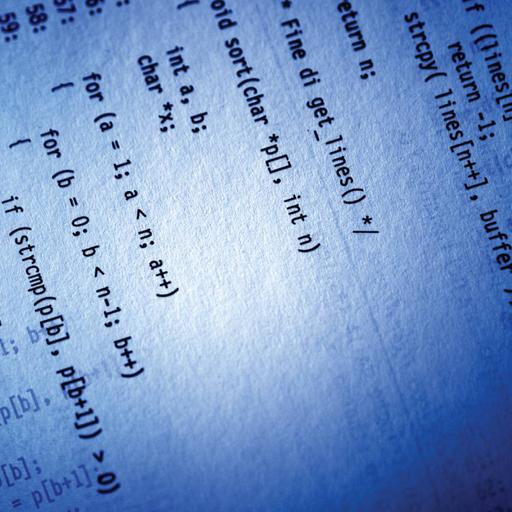Basics of Programming Language
Presentations | English
Programming languages are the tools we use to write instructions for computers to follow. A programming language is a computer language programmers use to develop software programs, scripts, or other sets of instructions for computers to execute. Although many languages share similarities, each has its own syntax. Once a programmer learns the languages rules, syntax, and structure, they write the source code in a text editor or IDE. Then, the programmer often compiles the code into machine language that can be understood by the computer. Scripting languages which do not require a compiler use an interpreter to execute the script. Computers think in binary strings of 1s and 0s. Programming languages allow us to translate the 1s and 0s into something that humans can understand and write. A programming language is made up of a series of symbols that serves as a bridge that allow humans to translate our thoughts into instructions computers can understand. Programming languages fall into two categories: low-level and high-level programming languages.

25.25
Lumens
PPTX (101 Slides)
Basics of Programming Language
Presentations | English
